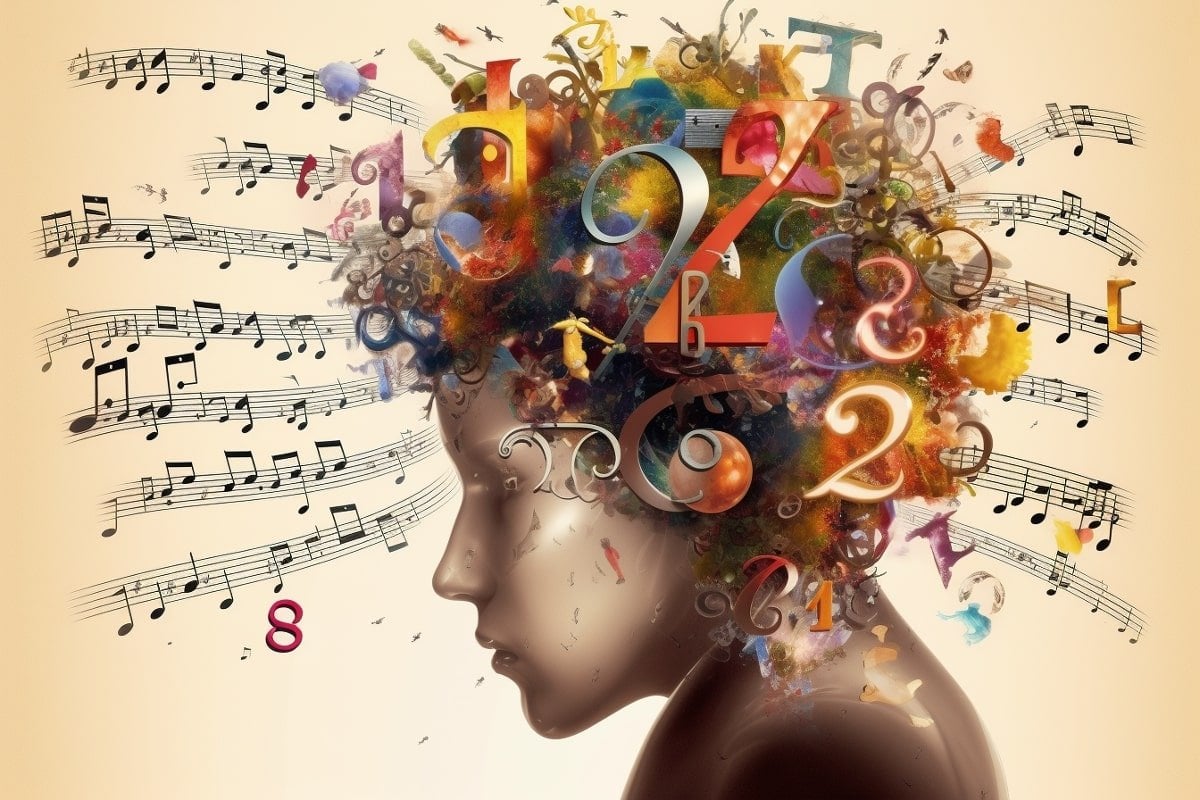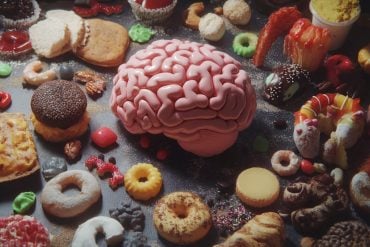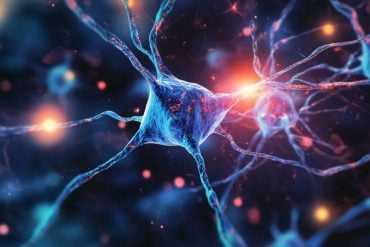Summary: Mathematicians viewing aesthetically pleasing formulae activate the same brain area that responds to beauty in art or music, indicating a neurobiological root to beauty.
In a study, fifteen mathematicians underwent functional magnetic resonance imaging (fMRI) while assessing mathematical formulae they had rated as beautiful, neutral, or ugly. The experience of mathematical beauty correlated with activity in the medial orbito-frontal cortex, a part of the emotional brain involved in the appreciation of art or music.
This research suggests that the experience of beauty, whether from sensory experiences or intellectual sources like mathematics, might have a quantifiable aesthetic component.
Key Facts:
- The study leveraged functional magnetic resonance imaging (fMRI) technology to map the brain’s response to beauty in mathematical formulae, an innovative use of neuroimaging techniques in the field of aesthetics and cognition.
- The mathematicians participating in the study showed a wide range of emotional responses to different mathematical formulae, with Srinivasa Ramanujan’s infinite series and Riemann’s functional equation being considered the least aesthetically pleasing.
- The research strengthens the case for cross-disciplinary connections between fields often considered separate, such as neuroscience and mathematics, by demonstrating the similar emotional responses elicited by both mathematical equations and traditional forms of art.
Source: UCL
People who appreciate the beauty of mathematics activate the same part of their brain when they look at aesthetically pleasing formula as others do when appreciating art or music, suggesting that there is a neurobiological basis to beauty.
There are many different sources of beauty – a beautiful face, a picturesque landscape, a great symphony are all examples of beauty derived from sensory experiences. But there are other, highly intellectual sources of beauty. Mathematicians often describe mathematical formulae in emotive terms and the experience of mathematical beauty has often been compared by them to the experience of beauty derived from the greatest art.
In a new paper published in the open-access journal Frontiers in Human Neuroscience, researchers used functional magnetic resonance imaging (fMRI) to image the brain activity of 15 mathematicians when they viewed mathematical formulae that they had previously rated as beautiful, neutral or ugly.
The results showed that the experience of mathematical beauty correlates with activity in the same part of the emotional brain – namely the medial orbito-frontal cortex – as the experience of beauty derived from art or music.

Professor Semir Zeki, lead author of the paper from the Wellcome Laboratory of Neurobiology at UCL, said: “To many of us mathematical formulae appear dry and inaccessible but to a mathematician an equation can embody the quintescence of beauty. The beauty of a formula may result from simplicity, symmetry, elegance or the expression of an immutable truth. For Plato, the abstract quality of mathematics expressed the ultimate pinnacle of beauty.”
“This makes it interesting to learn whether the experience of beauty derived from such as highly intellectual and abstract source as mathematics correlates with activity in the same part of the emotional brain as that derived from more sensory, perceptually based, sources.”
In the study, each subject was given 60 mathematical formulae to review at leisure and rate on a scale of -5 (ugly) to +5 (beautiful) according to how beautiful they experienced them to be. Two weeks later they were asked to re-rate them while in an fMRI scanner.

The formulae most consistently rated as beautiful (both before and during the scans) were Leonhard Euler’s identity, the Pythagorean identity and the Cauchy-Riemann equations. Leonhard Euler’s identity links five fundamental mathematical constants with three basic arithmetic operations each occurring once and the beauty of this equation has been likened to that of the soliloquy in Hamlet.
Mathematicians judged Srinivasa Ramanujan’s infinite series and Riemann’s functional equation as the ugliest.
Professor Zeki added: “We have found that, as with the experience of visual or musical beauty, the activity in the brain is strongly related to how intense people declare their experience of beauty to be – even in this example where the source of beauty is extremely abstract. This answers a critical question in the study of aesthetics, one which has been debated since classical times, namely whether aesthetic experiences can be quantified.”
*Note* This post has been updated to include a novel summary and image.
Notes about this neuroimaging and neuroscience research
Contact: David Weston – UCL
Source: UCL press release
Image Source: The image is adapted from the UCL press release.
Original Research: Full open access research for “The experience of mathematical beauty and its neural correlates” by Semir Zeki, John Paul Romaya, Dionigi M. T. Benincasa and Michael F. Atiyah in Frontiers in Human Neuroscience. Published online February 13 2014 doi:10.3389/fnhum.2014.00068







